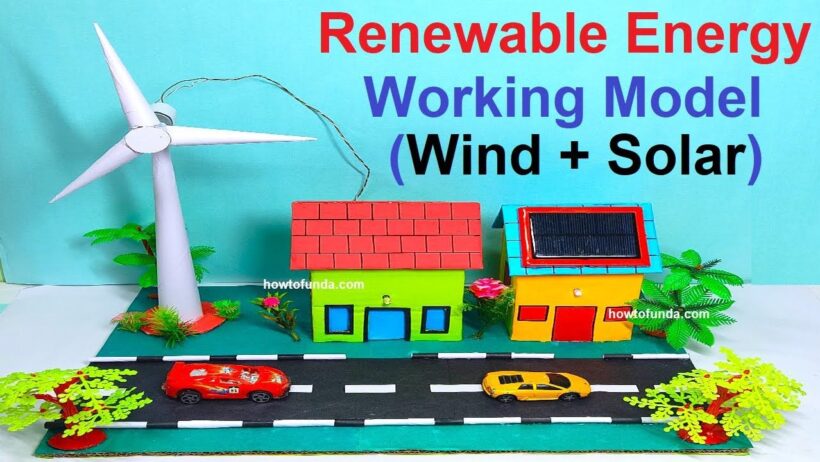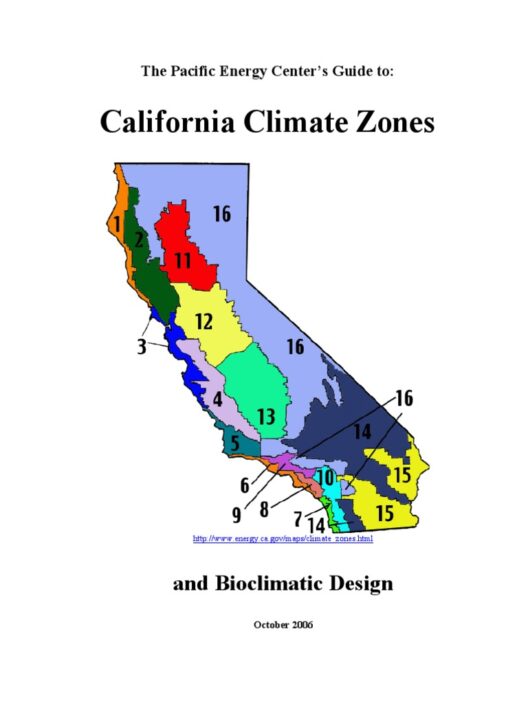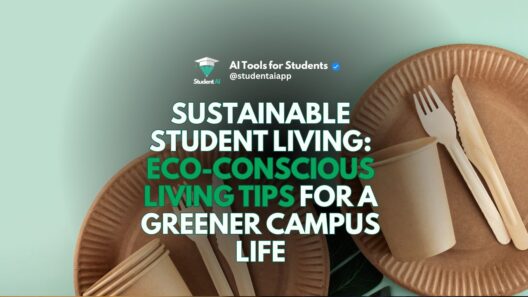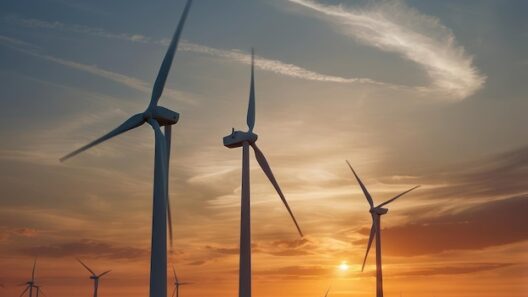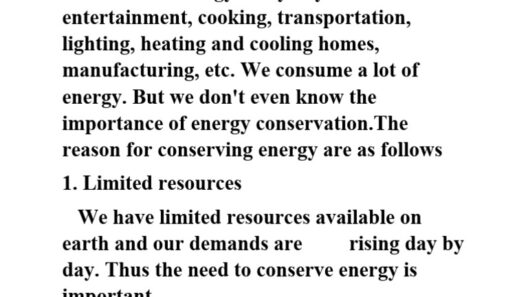In the grand tapestry of existence, energy is the thread that weaves together the fabric of our lives. It is the pulsating rhythm that fuels our homes, businesses, and dreams. Yet, as we embrace this vital power, we must also confront the environmental consequences of our energy choices. Creating a working model on energy resources and conservation serves as both an educational tool and a beacon of hope. This DIY science project invites inquisitive minds to explore the intricate dance between renewable energy and sustainability while fostering an appreciation for our planet’s finite bounty.
Embarking on this journey begins with establishing the foundation of our model—an understanding of energy resources. Energy is classified into two primary categories: renewable and non-renewable. Renewable energy sources, such as solar, wind, hydroelectric, and geothermal power, are akin to a perennial garden that flourishes with time and care. Conversely, non-renewable sources, including coal, oil, and natural gas, are akin to a dwindling reservoir from which we extract until it runs dry. This dichotomy sets the stage for our exploration.
To construct a captivating working model, one could opt for a dual-system approach that embodies both solar and wind energy—two of the most prevalent renewable resources. Begin by gathering materials required for both systems. For the solar energy portion, consider utilizing a small solar panel, LED lights, a miniature motor, and some wiring. For wind energy, you will need a small wind turbine model, a generator, and an alternative energy storage component, such as a rechargeable battery.
Once the materials have been assembled, the construction process can commence. Start with the solar model. Connect the solar panel to the LED lights. In this instance, the sun becomes a consequential performer, illuminating the LED, symbolizing the harnessing of solar power. When sunlight strikes the panel, electrons dance, creating direct current (DC) electricity. This transformation captures the essence of solar energy—the metamorphosis of sunlight into usable power. This segment of the model allows for experimentation; observe how different angles and intensities of light affect the intensity of the LED glow.
Shifting focus, we delve into the wind energy component. The miniature wind turbine should be meticulously assembled, ensuring that the blades are capable of rotating freely. Connect the generator to the turbine, and then link it to a rechargeable battery. Here, the wind becomes an invisible artist, its caress spinning the blades, converting kinetic energy into electrical energy. The generated electricity can store in the battery, allowing you to later power the LED lights or small devices. This interplay illustrates not just the mechanics of energy conversion but also emphasizes the natural forces that can be harnessed sustainably.
With both systems functional, it is crucial to discuss conservation methods. This is where eco-conscious living takes root. Just as a gardener tends to their plants with diligence, so must we nurture our energy consumption habits. Engage in discussions on energy conservation tips, such as utilizing energy-efficient appliances, adjusting thermostat settings, and embracing public transportation. The model serves not only as a scientific endeavor but as a testament to our commitment to reducing our carbon footprint.
A pivotal aspect of this project lies in its capacity to inspire greater awareness of energy consumption. To elevate the educational experience, consider integrating data collection into your model. Utilizing a multimeter, you can measure the output voltage generated during various conditions, fostering analytical thinking and data-driven discussions. This quantitative aspect transforms the project into a scientific exploration, allowing participants to draw connections between energy input and output. By documenting these metrics, participants grasp the significance of renewable energy’s potential versus the limitations of traditional fossil fuels.
Beyond the construction and data analysis, the project emboldens a narrative—the story of humanity’s relationship with energy. Share informational segments about the climate crisis and the imperative shift towards sustainable energy practices. These sessions can range from discussions about the impact of climate change on global ecosystems to the socioeconomic benefits of investing in renewable energy infrastructure. In essence, this model becomes a vehicle for advocacy, instilling a sense of responsibility to effectuate change.
Finally, the aesthetics of the model should not be overlooked. As an artist would choose colors and forms to elicit emotion, so too can participants decorate their energy model. Use materials such as recycled plastics, biodegradable paper, and sustainably sourced embellishments. This artistic expression not only enhances the visual appeal but also reinforces the principles of sustainability, embodying a circular economy where creativity meets conservation.
In conclusion, crafting a working model on energy resources and conservation opens doors to knowledge and action. This project becomes an engaging synthesis of theory, practice, and philosophy regarding our energy systems. Each connection made, voltage measured, and conversation sparked heralds a step toward a more sustainable future. Students, families, and communities become informed stewards of the environment, armed with the knowledge that the power of creation lies within their grasp. Like the relentless sun and the unwavering wind, they are catalysts for change—ever-present, endlessly inspiring, and profoundly vital to the health of our planet.



